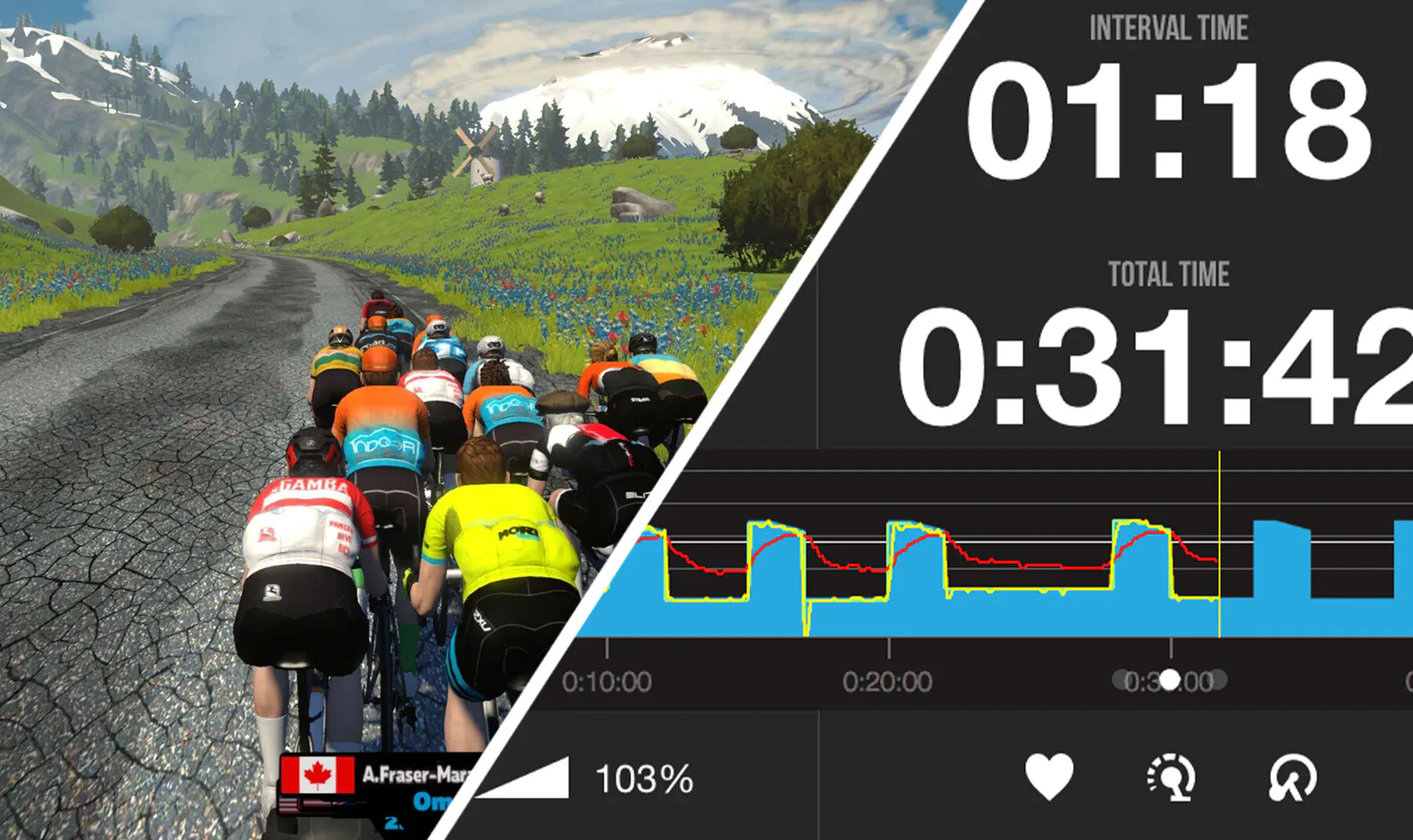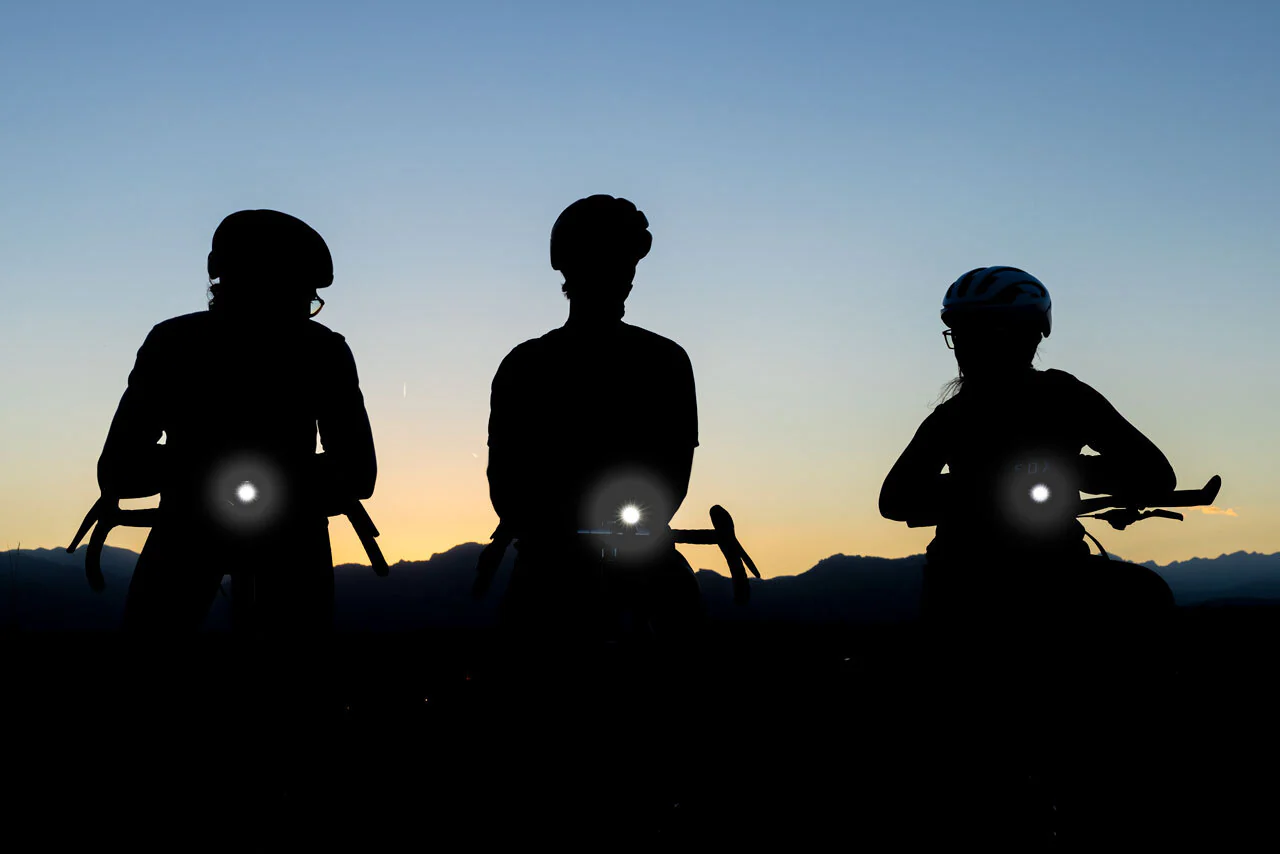The major types of road bike tires
Road bike tires come in three major types. Clinchers, tubulars, and tubeless.
The clincher has traditionally been the most common. They “clinch” to the rim of the wheel with a bead of steel wire or kevlar. Tubulars, on the other hand, are completely round and the tube is essentially part of the tire itself. These are glued to the rim without any beads needed. And lately, tubeless tires have become a popular road tire choice. But which is best for you? Here we’ll cover all of your options, and things to think about when choosing your next road tires.
Clincher
Clinchers have long been the most popular choice. They require an inner tube, which is where they differ from tubulars (though some tubulars actually have inner tubes inside the sewn casing), and tubeless tires. Clinchers are the easiest tires to mount, and it’s relatively easy to fix flats with them. (Change or patch the inner tube.) They’re also generally cheaper than tubulars and tubeless tires.
Pros of using clinchers:
-Lower cost
-Easier to fix flat or change an inner tube
-More availability and variety
Cons of using clinchers:
-Heavier than tubulars
-More prone to flats
Popular clinchers:
Continental Grand Prix 5000 - $79.95
Continental Gatorskin - $59.95
Vittoria Corsa Control - $69.99
Michelin Power All Season
Tubular
Tubular tires have long been popular among pros and high-level racers because they’re lighter, and their sidewalls are supple for better ride quality and lower rolling resistance. Because they need to be glued to the rim, they’re more of a hassle for recreational riding, especially if you get a flat.
Pros of using tubulars:
-Low rolling resistance
-Low weight
-Better ride quality
Cons of using tubulars:
-More difficult to change a flat
-Need to be glued to the rim
-Limited wheel/rim options
Popular tubulars:
Continental Sprinter - $49.99
Continental Podium TT - $54.99
Vittoria Pista EVO VS
Tubeless
Tubeless tires have been popular on mountain bikes for many years, and road cyclists are now gradually opting to go tubeless as well. Instead of the inner tube, tubeless tires create an airtight seal using a small amount of liquid sealant inside the tires. When the tire is punctured, the internal pressure pushes the sealant out and seals the puncture almost instantly. Sealant contains natural or synthetic latex, so the seal that’s made when a puncture occurs mimics the tire itself.
Pros of using tubeless tires:
-Lighter
-Pinch flats rarely an issue
-Less chance of flats overall
-Lower rolling resistance
Cons of using tubeless tires:
-More work setting them up
-More expensive
-Need tubeless-ready rims
Popular tubeless road tires:
ENVE SES Road - $74.99
Continental Grand Prix 5000 TL
Schwalbe Pro One TLE
SHOP ALL ROAD TIRES
Tire size
What the size numbers mean?
Bike tire sizes are indicated with two measurements — the outside diameter of the tire and the width of the tire. These numbers can be indicated in inches or millimeters. For example, a road tire measuring 700c x 25mm means it has a diameter of (approximately) 700mm and a width of 25mm. Road tires are generally 700 or 650mm in diameter, and can be anywhere from 23mm to 36mm in width.
Mountain bike tire sizes are more often listed in inches, but some vintage road tires are also listed this way.
What size is best for certain terrains?
The old-school belief was that the thinner the tire width, and the higher the pressure, the faster and easier it was for a tire to roll. More recently, though, tests have indicated that wider tires and lower pressure can offer less rolling resistance.
Racing tires are usually in the 23-25mm range. 26-28mm tires offer a smooth ride for a variety of road conditions. And gravel bikes usually run tires in the 36-42mm range. For all-around road riding, 28mm-wide tires are a great balance of speed and comfort.
Frame/fork compatibility
The maximum tire width that you can choose depends on the clearance at the frame/fork, and the width of your rims. If you have rim brakes, you’ll have to think about brake clearance as well. Never choose a tire with clearance so tight that mud or debris on your bike cause problems. Most manufacturers list maximum tire clearance for their frames and forks, and it’s best to heed those recommendations. Otherwise, it’s best to have at least 3mm of clearance between your tires and the closest part of your bike to prevent rub.
Terms to know when shopping for road tires
TPI
TPI stands for “threads per inch.” Lower TPI means the tire casing is made up of larger gauge cords with more rubber between them. Low TPI tires are more durable, but they’re also heavier and have more rolling resistance. Higher TPI indicates a lighter, more supple tire with more, smaller threads in its casing. So a 60 TPI is more durable, but heavier and slower rolling than a 120 TPI. Lower TPI tires are often more affordable too.
Rolling Resistance
Rolling resistance will influence acceleration and how much effort it takes to maintain speed. As you’d expect, less rolling resistance is faster, and is almost always better! Rolling resistance on new road tubeless tires is lower than that of both clinchers and tubulars because the friction between the inner tube and the casing is eliminated. Rubber compounds and TPI also affect rolling resistance — using less material and more flexible material allows for less energy to be lost.
Puncture protection
Many road tires offer extra puncture protection. But this also adds weight and rolling resistance. If you’re commuting or riding where there's a lot of debris and want to avoid punctures, the bulk might be worth the reward.
Here are some road tires that offer puncture protection:
-Continental Gatorskins (PTI 60)
-Specialized Armadillo (PTI 60)
-Schwalbe Marathon Original Green Guard Rigid City (PTI 67)
Breaking down the parts of the tire

Bead
The tire is a rubber casing that mounts onto the rim of the wheel. The edges of the tire are called the beads. Often, the beads are made of Kevlar encased in rubber. On less expensive, non-folding tires, beads are made of steel wire.
Tread
Road tires generally have no tread at all, but some have minimal, shallow treads to give better grip on varied surfaces. When it comes down to slick vs. tread, slicks have the most traction on paved road surfaces because more rubber is in contact with the ground. Tread will only really be advantageous on loose surfaces like dirt and gravel.
Sidewall
The sidewall is the smooth side of the tire between the tread and the bead. This is where you can find the specs of a tire — model, size, features, PSI, etc.
Conclusion
When choosing road bike tires, consider where you’re riding — the terrain, the weather, how many miles you’re putting in — and how important things like weight and rolling resistance are for you. If you’re interested in tubeless tires, check out our article on the pros and cons. If you’re racing, it’s not a bad idea to have a set of training tires and a set of racing tires. Racing tires can have a very high TPI for maximum speed, while training or everyday tires should have a lower TPI for durability. It’s also not a bad idea to try several different kinds of tires — because it’s what connects you to the road, tire choice is an absolutely vital part of your entire ride.
Our Ride Guides love helping people find the right bike and gear. If you have any questions, give us a call at 1-866-401-9636 and we'll help you out!

























